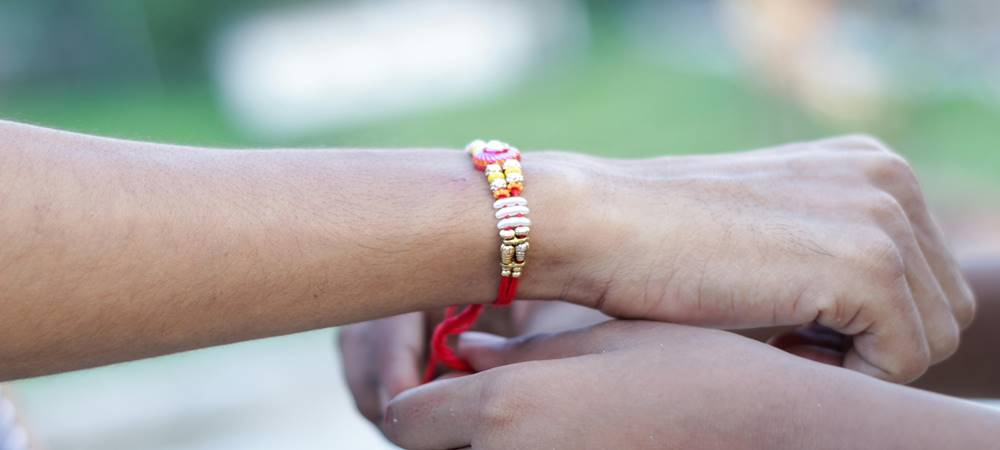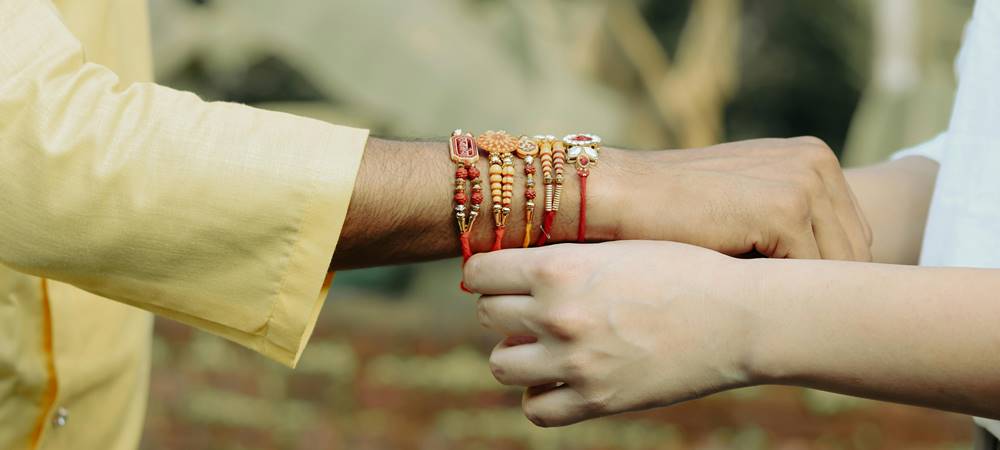Discover the ideal bracelet size for your wrist with our comprehensive bracelet sizes chart. Learn how to measure your wrist and choose the perfect fit for any style!
Bracelet size matters for several reasons
- Comfort A properly sized bracelet ensures comfort. If it’s too tight, it can be constricting and uncomfortable to wear for long periods. If it’s too loose, it may slide around excessively and become annoying.
- Aesthetics The right size bracelet complements your wrist size and overall appearance. A bracelet that’s too small might look disproportionate, while one that’s too large can appear bulky and awkward.
- Functionality The size of the bracelet affects how it functions. For example, a bracelet with charms or a clasp needs to fit snugly to prevent it from slipping off.
- Safety If a bracelet is too loose, there’s a risk of it catching on objects and getting damaged or lost. A properly sized bracelet reduces this risk.
- Health Wearing a bracelet that’s too tight can restrict blood flow or cause discomfort, while one that’s too loose may slip off and get lost, potentially leading to disappointment or inconvenience.
Overall, finding the right bracelet size ensures it looks good, feels comfortable, functions properly, and remains safe to wear.

To measure your wrist for a bracelet, follow these steps
- Gather Your Tools You’ll need a flexible measuring tape, a piece of string, or a strip of paper, and a ruler.
- Wrap Around Your Wrist Place the measuring tape, string, or paper strip around your wrist just above the wrist bone. Make sure it’s snug but not too tight. If you’re using a string or paper, mark where it overlaps with a pen.
- Measure the Length If you’re using a measuring tape, note the measurement where the end of the tape meets the rest of it. If you used a string or paper, use a ruler to measure the marked length.
- Determine Your Bracelet Size Compare your wrist measurement to the bracelet sizes chart to find your perfect fit. Remember to consider whether you prefer a snug or slightly looser fit.
- Consider Bracelet Style Different bracelet styles may require slightly different sizing considerations. For example, a snugger fit may be preferable for a bangle bracelet, while a looser fit might work better for a chain bracelet.
you can accurately measure your wrist and ensure your bracelet fits comfortably and looks great.
Understanding Bracelet Sizing Chart
A bracelet sizing chart typically provides measurements or size ranges corresponding to different wrist sizes. It helps you understand which bracelet size would best fit your wrist circumference. Here’s how to interpret a bracelet sizing chart
- Wrist Size Ranges The chart will usually list different wrist sizes or size ranges. These can vary from extra small (XS) to extra large (XL) or beyond, depending on the specific chart.
- Corresponding Bracelet Sizes Next to each wrist size range, the chart will indicate the corresponding bracelet size. This could be labeled as XS, S, M, L, XL, etc., or it might use specific measurements (in inches or centimeters) to represent each size.
- Determining Your Size To determine your bracelet size, measure your wrist using a flexible measuring tape, string, or strip of paper. Then, compare your wrist measurement to the sizes listed on the chart to find the size that best matches your wrist circumference.
- Consider Fit Preferences Keep in mind that your preferred bracelet fit may influence your choice. Some people prefer a snug fit, while others prefer a looser fit. The chart might offer guidance on how each size will typically fit.
- Adjustments for Bracelet Style Depending on the style of bracelet (e.g., bangle, chain, cuff), you may want to adjust your size choice. Some styles may require a slightly different fit for comfort and functionality.
By understanding and using a bracelet sizing chart, you can ensure that the bracelet you choose fits comfortably and looks great on your wrist.

Here are some tips for choosing the right bracelet size
- Measure Your Wrist Use a flexible measuring tape, string, or strip of paper to measure your wrist’s circumference just above the wrist bone. Make sure it’s snug but not too tight.
- Refer to Sizing Charts Consult bracelet sizing charts provided by jewelry retailers or manufacturers. These charts typically correlate wrist measurements with corresponding bracelet sizes.
- Consider Comfort Choose a bracelet size that allows for comfortable wear. It shouldn’t be too tight, as this can restrict movement and blood circulation. Conversely, it shouldn’t be too loose, as it may slide around excessively.
- Think About Style Different bracelet styles may require different sizing considerations. For example, a bangle bracelet typically needs to fit over the hand, so you may need a slightly larger size than your wrist measurement. Chain bracelets may have adjustable lengths, but you should still consider how they’ll hang on your wrist.
- Account for Charms or Pendants If your bracelet features charms, pendants, or a bulky clasp, you may need to size up slightly to accommodate the additional width.
- Try Before You Buy If possible, try on bracelets in-store to determine the best fit. Pay attention to how they feel on your wrist and how they look in proportion to your arm.
- Know Your Preference Consider whether you prefer a snug fit or a looser fit. Some people like their bracelets to fit closely to the wrist, while others prefer a bit of movement.
- Adjust for Personal Comfort Ultimately, the right bracelet size is the one that feels most comfortable to you. Don’t be afraid to adjust slightly from standard sizing if it means a better fit for your wrist.
Conclusion
Finding the right bracelet size is essential for comfort, aesthetics, and functionality. By measuring your wrist accurately and referring to sizing charts, you can choose a bracelet that fits well and looks great. Consider your personal preferences, the style of the bracelet, and any additional factors such as charms or pendants. prioritize comfort and wearability to ensure that your bracelet becomes a cherished accessory that you’ll enjoy wearing for years to come.
- How to Measure Your Wrist for a Bracelet
- Understanding Bracelet Sizing Chart
- Tips for Choosing the Right Bracelet Size
- Common Bracelet Sizing Questions Answered
